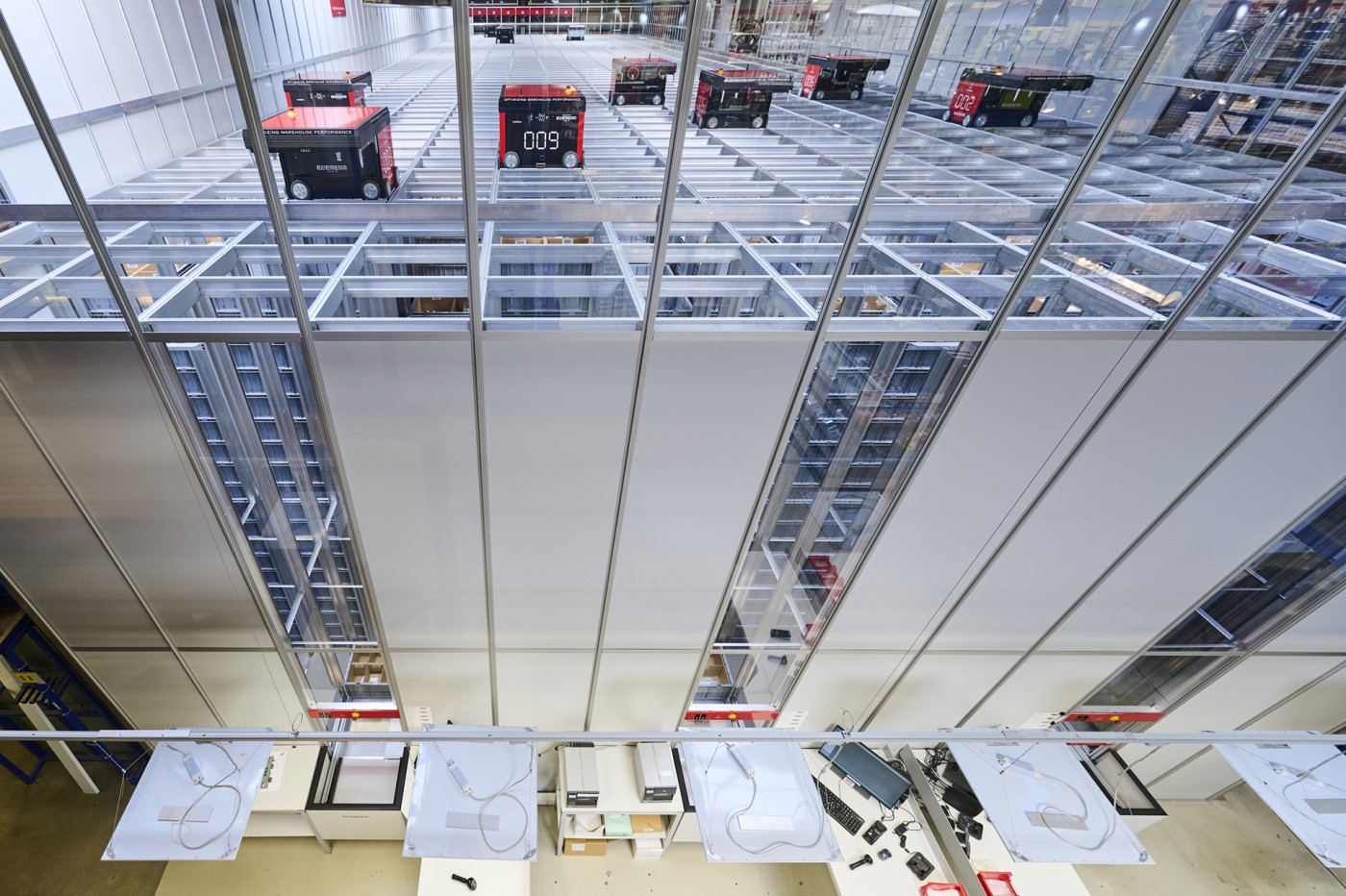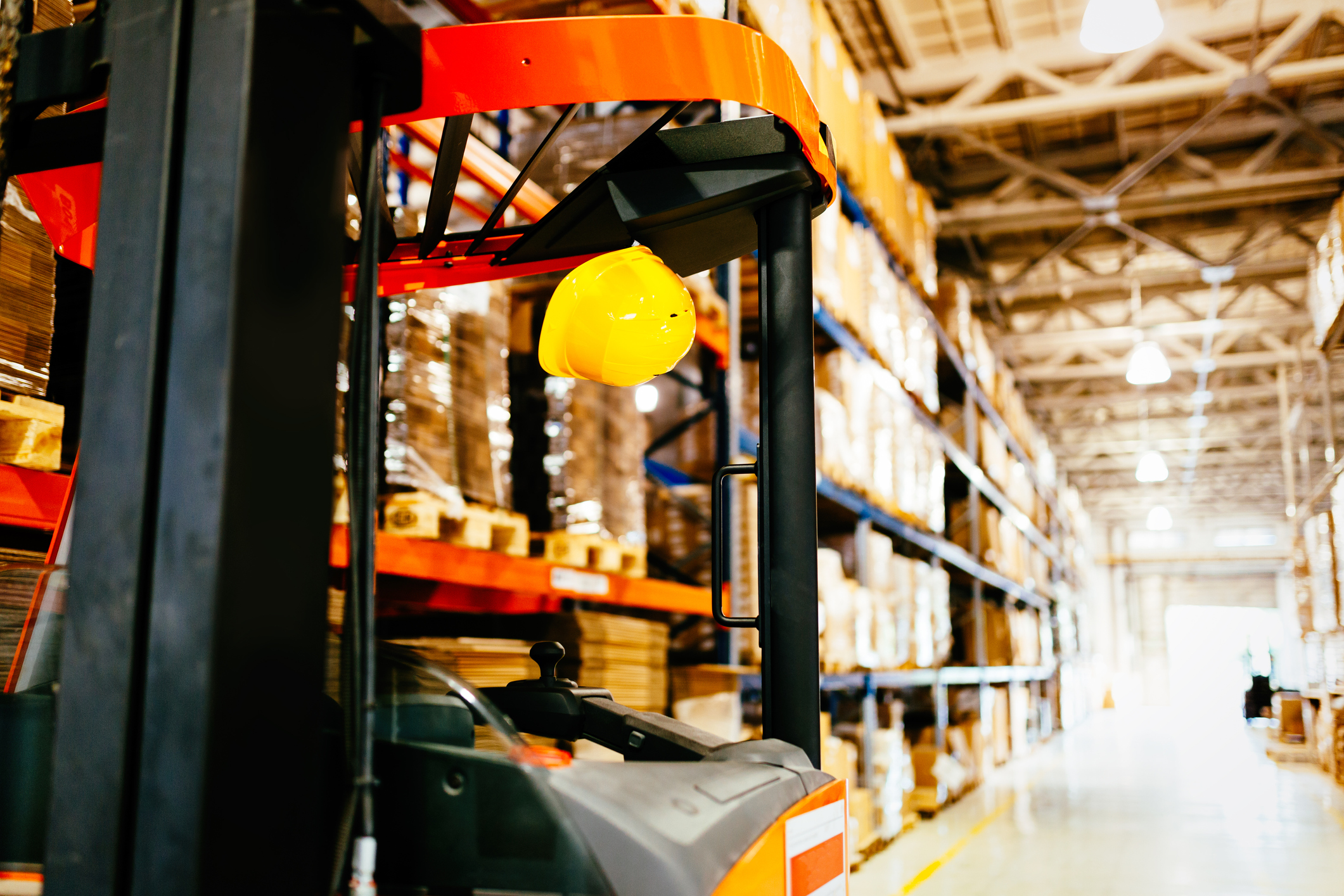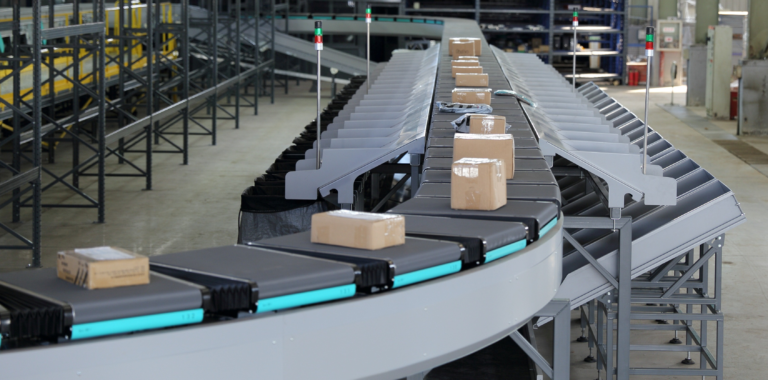What is Case Picking?
Case picking consists of selecting individual cases or units of products in a Distribution Center or warehouse, rather than picking individual items or full pallets, from their respective storage locations to fulfill customer orders.
As a method, it is commonly used when orders require a specific quantity of product that can be handled and shipped in cases, which streamlines the packing and shipping process in warehousing and Distribution Centers.
Case Picking vs Item Picking
Item picking and case picking are two distinct methods used in warehousing and Distribution Centers. With case picking, entire cases of products are selected for customer orders, making it efficient for high-volume orders of the same item. On the other side, item picking involves selecting individual units or items to fulfill orders with a diverse mix of products or smaller quantities.
The choice between the two methods depends on factors like order volume, product diversity, and the level of automation in the facility.
When & Where is Case Picking Used?
Case picking is commonly used in warehousing and Distribution Centers, especially in the context of 3rd Party Logistics (3PLs), retail, and e-Commerce industries. It proves to be highly effective in a few key scenarios:
- Wholesale and Bulk Orders: Case picking is ideal for these types of orders when customers purchase large quantities of the same product. Implementing case picking for bulk orders in the retail and 3PL industries allows for streamlined processes, reduced order processing time, and ensuring efficient handling of high-demand products.

- Limited Storage Space: Case picking can be advantageous when storage space is limited, as it allows for more efficient stacking and organization of cases, making the most of the available space. It can also reduce the complexity of tracking multiple individual items.
- High-Volume SKU: When a company, especially a 3PL and retail, deals with products that have consistently high demand, case picking may be preferred. It allows for quicker order fulfillment by retrieving the entire case of the popular SKU from storage locations, resulting in much faster turnaround times for customers.
Benefits of Case Picking
Companies that can incorporate case picking into their warehousing and Distribution Centers have seen a general increase in efficiency and productivity. We have looked at when and where case picking may be incorporated into these facilities, and now we will show you some of the key advantages that it can provide.
Case picking enables order pickers to handle multiple units of the same product at one time, which streamlines the process and increases productivity. Instead of selecting individual items, which can be time-consuming and labor-intensive, order pickers can quickly retrieve entire cases. This drastically reduces the number of trips required to fulfill an order which, in turn, translates to faster order processing and shorter lead times for customers.

Storing products can take up a significant amount of space within a distribution center. With case picking, cases can be neatly stacked and efficiently organized within a company’s warehouse. This method of optimizing storage capacity is particularly beneficial for items with consistent demand as it allows for efficient inventory management and minimizes the need for excessive storage space, significantly reducing warehousing costs in the process.
Through the incorporation of case picking, companies may see improved order efficiency. With entire cases being picked for each order, there is a reduced likelihood of errors when compared to item picking, where warehouse employees must select individual items from various locations. Fewer errors mean fewer returns and rework, leading to improved customer satisfaction and a more streamlined order fulfillment process.
Case picking also reduces the travel time that DC employees will have to cover within the warehouse. Since multiple units of a product are picked at once, there is less back-and-forth movement. This reduction in travel time may translate to lower labor costs, less strain on your employees as movement is reduced, and a generally more efficient use of human resources as a business can then reassign tasks.
Equipment Used in Case Picking
Case picking involves the use of various equipment to efficiently handle and transport cases of products within a warehouse or Distribution Center. Some examples of these solutions include conveyor systems, Automated Storage and Retrieval Systems (ASRS), Pick-to-Light systems, and forklifts or reach trucks.
Conveyor belts and roller conveyors have long since been a commonly employed method to transport cases from one location to another within a facility. These systems automate the movement of cases through track-like systems which are often belt-powered. This reduces the need for manual handling, expedites the picking process, as well as easily maintaining the product orientation through its lifecycle in the DC.

Automated Storage and Retrieval Systems (ASRS) is a sophisticated robotic Goods-to-Person system that is used to automatically store and retrieve cases from high-density storage racks. Systems, like AutoStore, consist of automated robotic cranes that move vertically and horizontally along a rack system to pick and place cases. ASRS greatly improves storage density, increases picking accuracy, and optimizes space utilization.
Pick-to-Light systems utilize lights or displays installed at storage locations to guide employees to the correct cases. The lights indicate which cases to pick and in what quantity, reducing the margin for errors and improving picking accuracy.
Forklifts and reach trucks are incredibly useful for case picking. They are used to handle and transport cases, especially when the picking process involves pallets or high shelves. They are versatile and suitable for both horizontal and vertical movements, making them essential for case picking in warehouses with varying layouts.
How to Optimize Case Picking

Optimizing case picking is crucial for improving efficiency and reducing errors in a warehouse or Distribution Center. Some things to consider when implementing these strategies are designing the warehouse layout and pick paths, properly training your staff, integrating technology into the process, and ensuring that you utilize the proper case storage method that best suits your warehouse.
To achieve proper case picking optimization, you should make sure that your warehouse’s layout will enable easy use for it. You can do this by analyzing order profiles, which is studying historical order data to see which items are frequently ordered and have them organized closely together to minimize their travel times. Another consideration would be the most efficient pathways for items to reach their destination in the form of minimizing detours, reducing cross-zone travel, and the consideration of using one-way aisles for ease of flow.
Staff training is vitally important in having a DC run a case picking system effectively. When staff are familiar with the equipment utilized in your DC, such as Conveyor systems, ASRS, and forklifts, they will be able to use these technologies more efficiently, reduce downtime, and decrease the chances of accidents. In addition to training staff on the systems used in the DC, it is important to know that your employees are proficient in case picking methods and understand how to handle each type of case and package.
Properly integrating technology into your warehouse or DC is a sure-fire way to ensure that your system is properly optimized for case picking. In implementing technologies like ASRS, Conveyor systems, or even Automated Guided Vehicles (AGVs), companies can streamline case picking. Automation reduces the need for manual labor, enhances order accuracy, and optimizes warehouse space utilization.
The final recommendation on properly optimizing case picking for your DC is familiarizing yourself with different case storage methods. Listed below are various types that are commonly implemented in Distribution Centers and warehouses.
Case Storage Methods

For businesses that are looking to implement case picking systems into their Distribution Centers or warehouses, it is important to familiarize oneself with the options available. Implementing one of these systems without understanding which type of case picking works best within the allotted is a recipe for failure.
Let’s look at some of the most common case picking methods.
- High-density storage
-
- A solution that utilizes pallet racking systems.
- Has deep lanes or double-deep racks to efficiently store cases.
- Typically used to minimize distance traveled during picking.
- ABC analysis
-
- Employed to classify products based on their demand levels.
- Places high-demand items closer to the shipping area for quick access.
- Prioritizes these high-demand items for picking.
- Pallet flow storage
-
- Utilizes a First In First Out (FIFO) system.
- Usually loaded at the top end of a slightly inclined rack due to their increased weight.
- The pallets glide at a controlled rate to the front lane for easy picking.
- ASRS
-
- Uses robotic picking units, or automated cranes, that move along a horizontal grid to automatically store, organize, and retrieve cases .
- Automated cranes pick from highly condensed storage vertical racks.
- Enhances order picking while reducing manual involvement.
- Cross-docking
-
- Incoming cases are directly transferred from inbound vehicles to outbound trucks.
- Reduces, or even eliminates, the need for long-term storage.
- Enables rapid order fulfillment.
Case Picking - Summary

In the fast-paced world of warehousing and distribution, optimizing case picking processes plays a pivotal role in meeting customer demands with speed and accuracy. In this blog, we dive into the critical aspects of case picking and its relations to item picking, explore the various benefits it can bring to a DC, the equipment involved, and the various strategies to employ to achieve peak efficiency.
From designing smart layout designs and staff training to harnessing cutting-edge technologies like ASRS, this blog provides valuable insights for warehouses and 3PL companies seeking to elevate their order fulfillment capabilities.
Discover how mastering the art of case picking can pave the way for streamlined operations, satisfied customers, and a competitive edge in the logistics industry. To learn more about incorporating case picking technologies, visit our website here.


